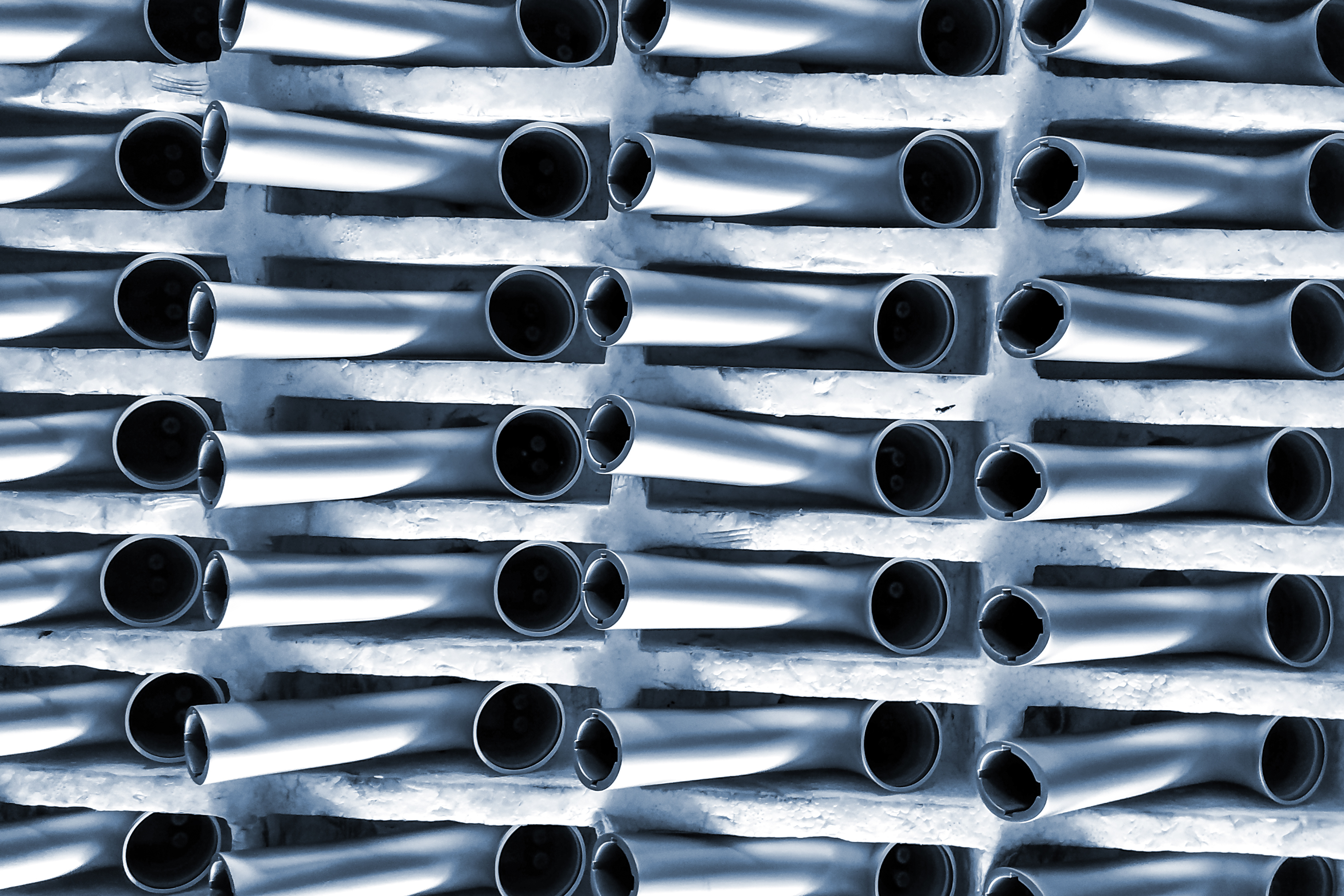- 03-05-2022
- Advertisement
Zamak for electronics: benefits of a very unique alloy
This week, we briefly recall the characteristics of Zamak in our Gurelan blog and, in particular, we will highlight its advantages when manufacturing components for electronic products. Next, we will review some of these components, explaining why the choice of Zamak offers several benefits compared to similar products made from other materials. In terms of maximum precision and cost optimisation, plastic or aluminium are no match for Zamak.

We already know that Zamak is an alloy named after the contraction of all the materials that make it up: zinc, aluminium, magnesium and copper (Kupfer in German). According to the different proportions of these components, Zamak offers a variety of characteristics and is suitable for manufacturing different products for a wide range of market sectors such as jewellery, hardware, electrical equipment or firearms, for example.
Today we are witnessing a boom in electronic products, in all sizes and designs, and for all kinds of industries and users. In this respect, Zamak has become increasingly popular in the high-tech industry, and mostly as the material of choice for the production of components for electronic products. Reasons why?
Properties of Zamak: the ideal partner for electronic design
First of all, Zamak´s main advantage is saving, both in terms of energy and costs, working hours, amortisation of machinery, mould lifetime, machining processes, durability of the finished product... ¡The benefits of Zamak die casting seem endless! To find out more about the advantages and features of Zamak injection moulding, please read our article about Zamak die casting: 5 advantages you did not know about.
But Zamak has a number of characteristics that are ideally suited to the manufacture of components for electronic products:
Heat dissipation: the great advantage of Zamak for electronics
Zamak´s heat dissipation properties are similar, if not superior, to other materials such as aluminium or plastic. The evacuation of heat generated inside electronic devices and appliances remains crucial to ensure optimum performance of sensitive components, and here Zamak offers competitive advantages over other insulating materials in terms of cost and processing.
Strength and anti-vibration properties
Zamak for electronics is a strong and tough alloy, with great anti-vibration qualities. These unique features are particularly relevant when manufacturing electronic products that will be used in critical environments. In industrial machinery, for example, the electronic connections of some types of machine tools may be exposed to high mechanical stresses or vibrations. In such situations, Zamak offers a level of protection and vibration damping that plastic can never achieve.
Electromagnetic shielding
Zamak has become very successful in the electronics industry due to its excellent shielding properties against electromagnetic interference (EMI). Therefore, this alloy is particularly suitable for the manufacture of housings for computer boards and electronic circuits, since these vital components found in thousands of devices of all kinds must be shielded as much as possible from EMI in order to function properly.
Parts with thin walls and small dimensions
This frame produced by Gurelan shows how Zamak´s properties can contribute to the functionality of the product in several ways. Indeed, this part prevents vibrations so that the finished product can operate under optimum conditions. Furthermore, as shown in the image, this Zamak part offers some very competitive features, for example, the ability to manufacture the male thread in the same die-casting operation. With other materials, this type of machining would only be possible through secondary operations, such as shearing processes, with unavoidable consequences in time and cost.
In other areas, such as the locksmith industry or precision mechanics, Zamak has replaced stainless steel in some crucial parts, thus reducing production costs and the number of mechanical and finishing operations required. The properties of Zamak, and especially the alloy´s ability to achieve very thin wall thicknesses and a high level of detail, have made this possible. In this way, the client can expect a part that does not need to be assembled, manufactured from long-life and low-maintenance moulds, with very low scrap and rejection rates.